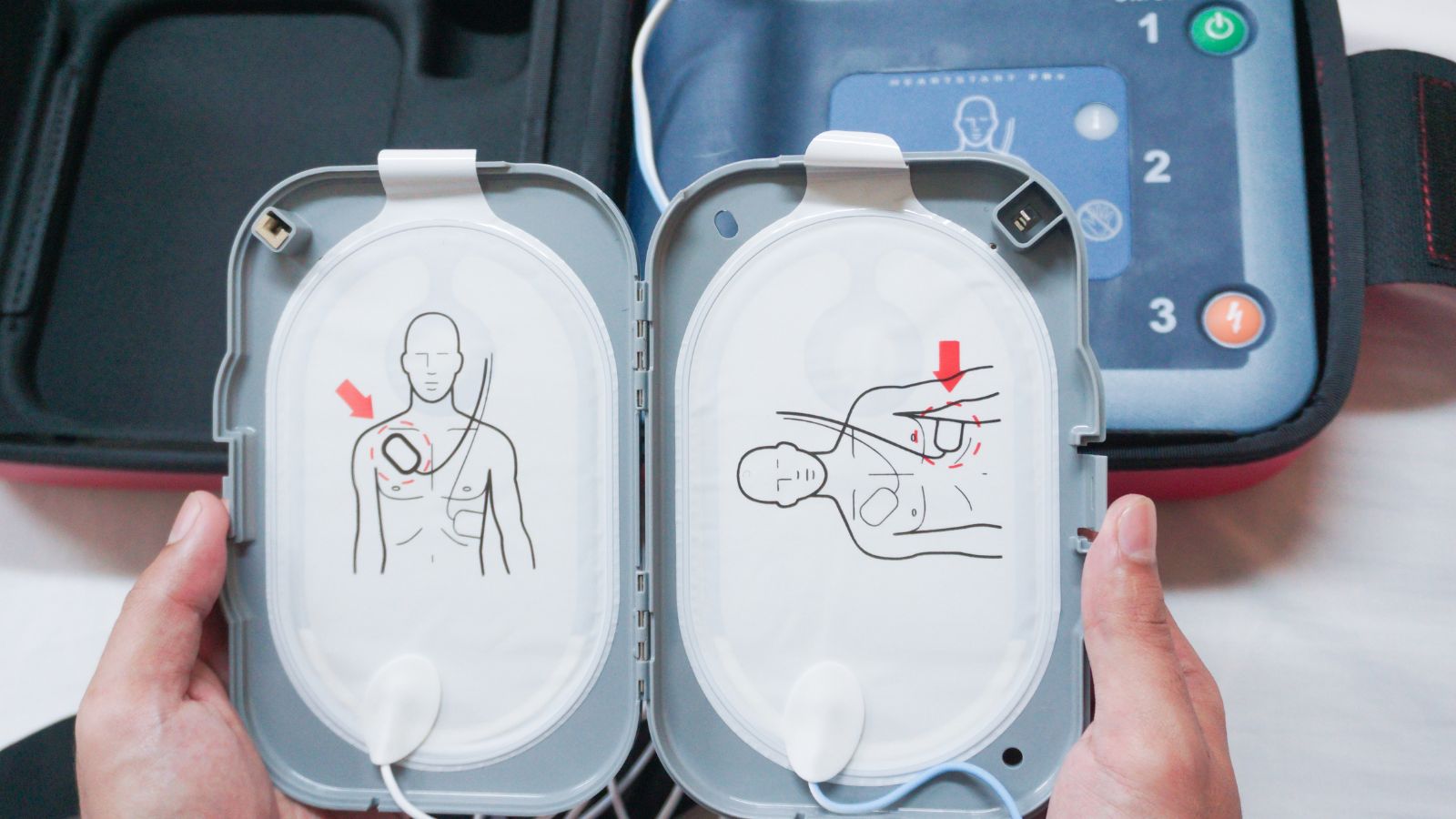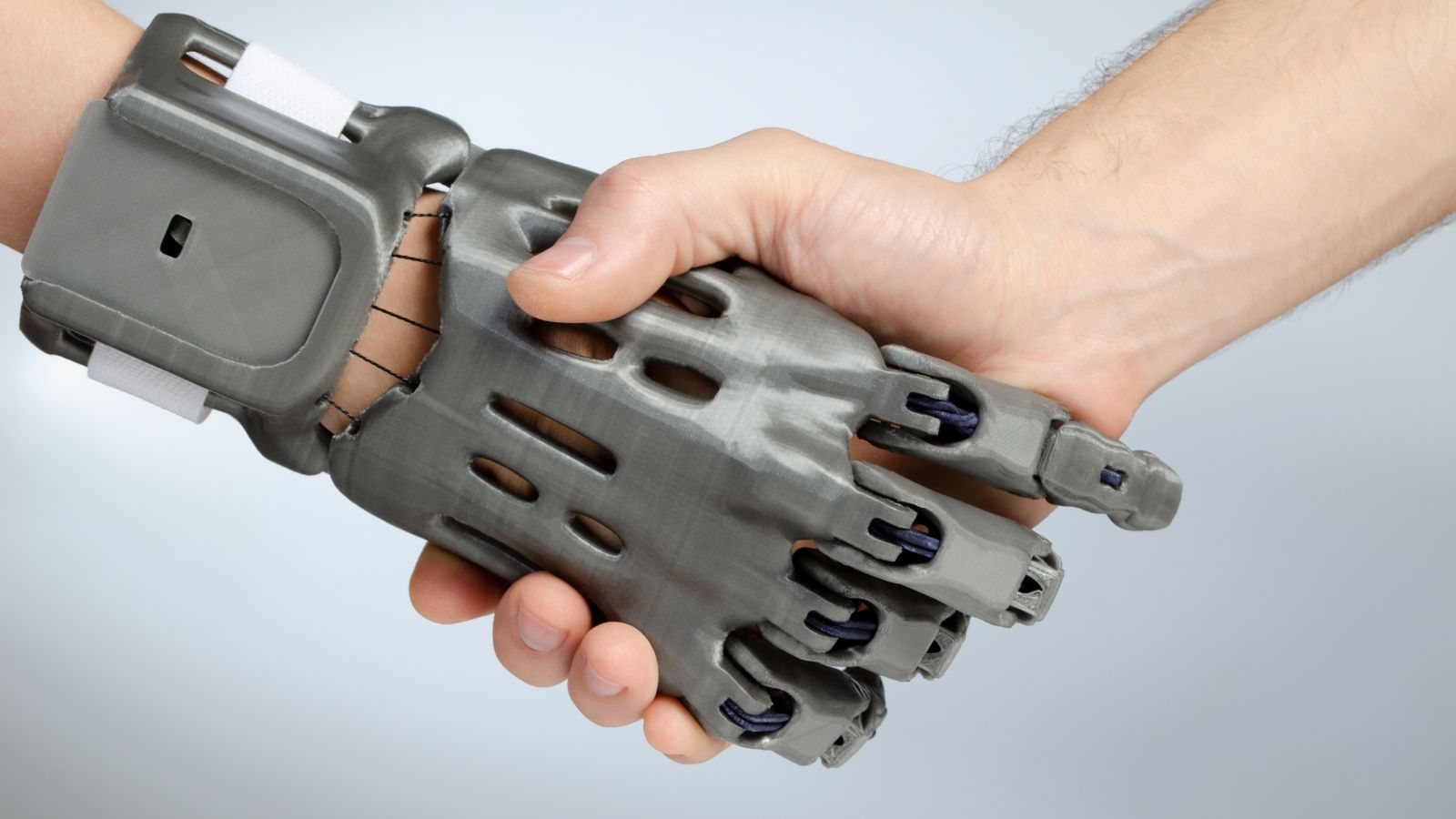Some of the most practical, life-improving inventions in history have come from the North. From the tools that save lives to those that sweeten your morning routine, Canadian innovators have a history of transforming daily living through quiet brilliance. Their contributions span everything, medicine, communication, household items, and even sports. These 22 Canadian inventions changed everyday life.
Insulin

In 1921, Frederick Banting and Charles Best discovered insulin at the University of Toronto, transforming diabetes from a fatal disease into a manageable condition. Before insulin therapy, a diabetes diagnosis was a death sentence. Their breakthrough quickly became a global medical standard, saving millions of lives and earning a Nobel Prize in Medicine. Insulin paved the way for modern endocrinology and improved understanding of metabolic diseases. Even today, research on insulin regulation continues to build on their foundation, reinforcing how one Canadian discovery redefined chronic illness management across the world.
The Pacemaker

In 1950, electrical engineer John Hopps created the first external pacemaker while researching hypothermia treatments. His work led to the development of implantable versions that regulate heartbeats, dramatically increasing survival rates for cardiac patients. Early pacemakers were bulky and external, but Hopps’ innovation sparked the evolution of compact, battery-operated implants. This device became vital for millions suffering from arrhythmias or heart blockages. The pacemaker’s concept remains largely unchanged, maintaining rhythm when the heart falters. Hopps’ curiosity about body temperature inadvertently gave humanity one of its most reliable life-sustaining technologies.
The Telephone

Although Alexander Graham Bell was born in Scotland, he conducted much of his pioneering telephone research in Brantford, Ontario, where he made the first successful voice transmission in 1876. His invention revolutionized communication, shrinking the world by allowing people to speak across distances in real-time. The telephone spurred the rise of telecommunications, reshaped business, and later paved the way for smartphones. Bell’s workshop in Ontario became known as “The Telephone City,” marking the birthplace of a device that fundamentally changed how humanity connects and communicates.
The Snowmobile

Joseph-Armand Bombardier’s 1937 invention of the snowmobile transformed travel in snow-covered regions. Initially designed to help doctors reach remote patients in Quebec’s harsh winters, it soon became a key tool for rural mobility and recreation. The invention inspired the founding of Bombardier Inc., now a global transportation leader. Beyond fun winter rides, the snowmobile supported industries like forestry, search and rescue, and emergency services in Arctic and mountainous areas. Bombardier’s creation wasn’t just for sport—it gave isolated communities access and safety through innovation born of necessity.
The Zipper

Gideon Sundback, a Swedish-born engineer working in Ontario, perfected the modern zipper in 1913. His design, called the “Separable Fastener,” replaced unreliable hooks and buttons with an easy-to-use sliding mechanism. It revolutionized clothing, luggage, and countless accessories. The zipper’s convenience and durability made it indispensable in daily fashion, military uniforms, and outdoor gear. Its manufacturing also boosted the Canadian garment industry for decades. Sundback’s invention is a quiet triumph, something used dozens of times a day without thought, yet critical to how we get dressed and function smoothly.
The Paint Roller

In 1940, Norman Breakey from Toronto simplified home painting forever with his paint roller invention. Before this, painting was a laborious process done with brushes alone. Breakey’s roller allowed for even coverage, faster work, and less mess, making DIY painting accessible to everyone. Though he never patented his design, the tool spread rapidly, becoming a household and commercial staple. From home renovations to art projects, Breakey’s roller changed how we approach interior design. It turned what was once a professional task into something anyone could manage efficiently.
Instant Replay

George Retzlaff, a CBC producer in the 1950s, pioneered instant replay during a hockey broadcast. His innovation reshaped sports viewing by letting audiences rewatch crucial moments in real time. What began as an experimental broadcast feature soon became an essential part of live television, enhancing both entertainment and fairness in sports. Today, replay technology is embedded in every major broadcast, from football to the Olympics. Retzlaff’s simple idea to rewind and replay a key goal gave fans everywhere the thrill of second chances on screen.
Peanut Butter

Marcellus Gilmore Edson from Montreal patented peanut butter in 1884, originally as a protein substitute for people unable to chew meat. His paste-like food product became a household favorite, evolving into a global snack staple. The invention sparked an entire industry, spawning spreads, cookies, and energy bars. Edson’s creation bridged nutrition and convenience, simple, affordable, and nourishing. Over a century later, peanut butter remains one of the most popular pantry items worldwide, proving how one Canadian patent revolutionized how people consume plant-based protein.
The Garbage Bag

Harry Wasylyk and Larry Hansen developed the first disposable garbage bag in 1950 in Winnipeg. Initially created for commercial use in hospitals and industrial settings, the invention soon spread to households. It improved sanitation, reduced odor, and simplified waste collection worldwide. The first green plastic bags were made from polyethylene and became a daily necessity almost overnight. Their simple concept, containing waste cleanly, transformed urban hygiene practices. The invention also led to modern recycling bags, showing how a Canadian solution helped cities manage cleanliness on a massive scale
IMAX Technology

Graeme Ferguson, Roman Kroitor, Robert Kerr, and William Shaw developed IMAX in the late 1960s, redefining cinematic experience. By combining massive screens with ultra-high resolution, IMAX provided an immersive viewing unlike anything before. First showcased at Expo 67 in Montreal, it became a global standard for premium theaters. Beyond entertainment, IMAX technology is used in museums, educational films, and even space documentation. Its sharp visuals and surround sound reshaped how audiences experience film, placing Canada at the forefront of cinematic innovation.
The Wonderbra

Engineer Louise Poirier created the modern Wonderbra in Montreal in 1963, revolutionizing women’s fashion and lingerie. Designed for comfort and enhancement, it provided structure without sacrificing aesthetics. The push-up design became an international phenomenon, symbolizing both confidence and modern femininity. The Wonderbra influenced global lingerie design and marketing for decades, redefining bodywear trends. Poirier’s creation was more than just apparel, it empowered women with choice and reshaped the fashion industry’s approach to form, fit, and self-expression.
The Robertson Screw

Invented by Peter L. Robertson in Milton, Ontario, in 1908, this square-headed screw became a favorite among builders and mechanics. Its unique design reduced slipping and allowed for faster, safer assembly compared to flathead screws. The invention improved manufacturing efficiency across industries, from furniture making to car production. Despite American resistance due to licensing issues, it remains a staple tool in Canadian construction. Robertson’s invention proved that even a small improvement in design could dramatically boost productivity and safety in everyday work.
The Electron Microscope

In 1938, James Hillier and Albert Prebus built the first practical electron microscope at the University of Toronto. Their work enabled scientists to see objects at magnifications far beyond light microscopes, unlocking discoveries in biology, materials science, and medicine. The instrument’s precision made it invaluable in diagnosing diseases and developing new materials. Today, every advanced lab depends on this technology. Hillier and Prebus turned microscopic curiosity into one of science’s most powerful tools, forever altering our understanding of the invisible world.
The Pager

Al Gross, a Canadian inventor, created the first wireless pager in the 1940s. His goal was to help professionals receive messages instantly without needing a wired connection. Hospitals were among the first to adopt the device, allowing doctors to respond faster to emergencies. The pager became an icon of communication in the 1980s and 1990s, bridging the gap between telephones and mobile phones. Though now largely obsolete, Gross’s innovation laid the groundwork for wireless alerts and instant notifications that dominate modern life.
Java Programming Language Core

In the early 1990s, Canadian computer scientist James Gosling, working at Sun Microsystems, developed Java, a programming language that powers billions of devices today. Designed to be platform-independent, Java revolutionized web development, mobile applications, and software engineering. Its philosophy of “write once, run anywhere” changed how developers build and distribute software. From Android apps to enterprise systems, Java remains essential to digital life. Gosling’s contribution ensured Canada’s legacy in the heart of modern computing and global technology innovation.
The Alkaline Battery

Lewis Urry, a chemical engineer from Ontario, developed the long-lasting alkaline battery in 1957 while working for Eveready. His invention solved the short lifespan problem of zinc-carbon batteries, powering devices more efficiently. The breakthrough made portable electronics practical, from flashlights to remote controls. Urry’s design became the foundation for modern batteries used worldwide. His innovation didn’t just improve power, it extended convenience and mobility, fueling a new generation of portable technology.
The Electric Wheelchair

In the 1950s, George Klein, an engineer at the National Research Council, invented the first practical electric wheelchair. It provided mobility for injured soldiers returning from World War II, allowing independence and dignity. Klein’s model included joystick control and motorized wheels, features still used today. His design expanded access for people with disabilities, influencing accessibility laws and engineering worldwide. The electric wheelchair became more than transportation; it symbolized inclusivity through design innovation.
The Egg Carton

Joseph Coyle of British Columbia designed the first egg carton in 1911 to solve a simple problem: Broken eggs during transport. Made from paper pulp, it safely separated and cushioned each egg. Coyle’s design became the global standard, revolutionizing food packaging. His invention extended egg shelf life, improved storage efficiency, and reduced waste. Even with modern materials, the basic structure remains unchanged. The egg carton’s simplicity demonstrates how one practical idea can quietly influence daily life everywhere.
The Prosthetic Hand

In the 1970s, Helmut Lucas developed the world’s first myoelectric prosthetic hand in Toronto, operated by the user’s muscle signals. This device restored movement and dexterity to amputees in ways mechanical prosthetics never could. The innovation merged engineering and medicine, offering users natural control and improved quality of life. Lucas’s creation influenced prosthetic development worldwide, paving the way for bionic limbs and modern neuro-controlled prosthetics. It was a breakthrough in human-machine integration, redefining rehabilitation and independence.
The Blackberry Smartphone

Developed by Research In Motion in Waterloo, Ontario, the BlackBerry revolutionized mobile communication in the early 2000s. Known for its secure email and physical keyboard, it became the go-to device for business professionals worldwide. The BlackBerry set the stage for modern smartphones, influencing design, functionality, and data security. At its peak, it dominated global markets before touchscreen devices took over. Still, its legacy lives on in enterprise security systems and communication protocols that shaped today’s digital habits.
The Snowblower

Arthur Sicard from Quebec invented the snowblower in 1925 to clear farm roads buried under heavy snow. His machine combined rotating blades and an engine to eject snow efficiently, saving time and labor during harsh winters. The design was quickly adopted by cities and homeowners alike. Sicard’s snowblower became indispensable in cold regions, keeping transportation and daily life functional through brutal storms. His invention represents practicality born of necessity, ensuring winter didn’t completely halt progress.
The Walkie-Talkie

Donald Hings created the walkie-talkie in 1937 while working for a mining company in British Columbia. Originally designed for field communication, it became vital for the military during World War II. The device allowed wireless communication over long distances, improving coordination and safety. Later adopted by emergency services and outdoor enthusiasts, it laid the foundation for modern two-way radios. Hings’ invention remains a trusted communication tool even in the age of smartphones, especially where reliability matters most.
21 Products Canadians Should Stockpile Before Tariffs Hit

If trade tensions escalate between Canada and the U.S., everyday essentials can suddenly disappear or skyrocket in price. Products like pantry basics and tech must-haves that depend on are deeply tied to cross-border supply chains and are likely to face various kinds of disruptions
21 Products Canadians Should Stockpile Before Tariffs Hit
